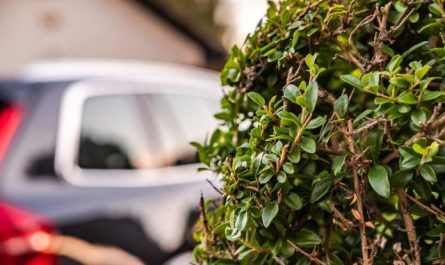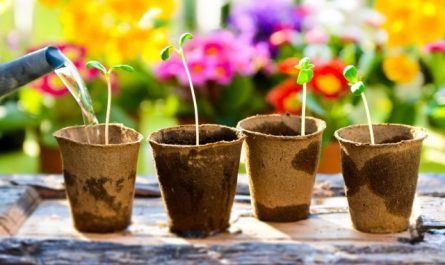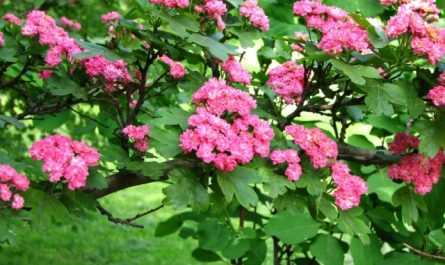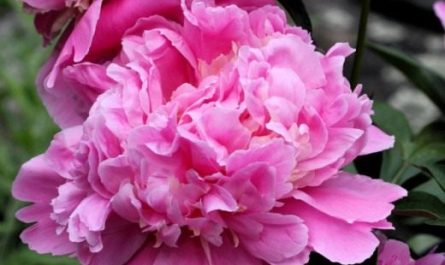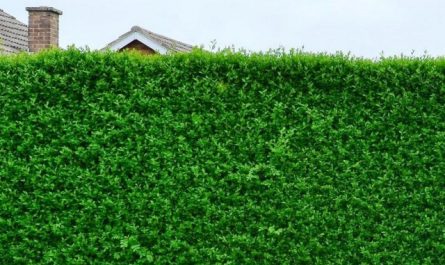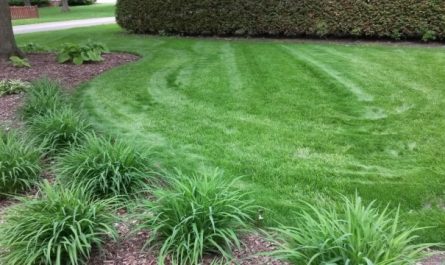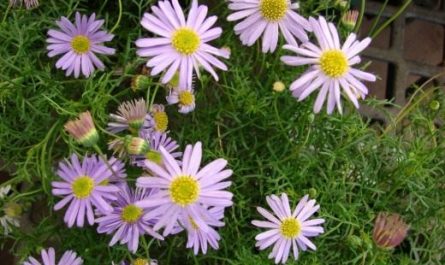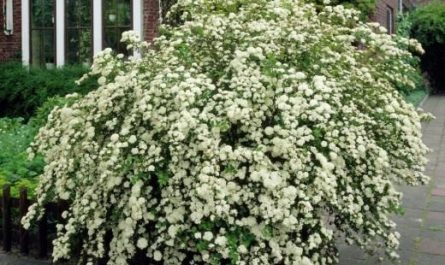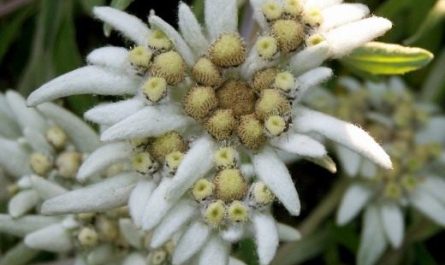This plant is considered a weed by many for its unpretentiousness and abundant self-seeding. People call it “mad cucumber”, but its botanical name is “echinocystis”, or “thorny fruit”. The name “echinocystis” is also not accidental. Translated from Greek, “echos” means “hedgehog”, and “kystis” means “bubble”.
This is a liana from the pumpkin family, which grows very quickly, filling all the surrounding space. During one season alone, its shoots can reach up to 6 m in length. Therefore, the plant needs support, to which it easily clings with tendrils.

However, keep in mind that the “mad cucumber” is not only an original, but also a capricious crop. On the other hand, in a very short time it will help you create an unusually decorative green hedge. In addition, self-seeding is easy to combat by removing unnecessary sprouts, initially similar to pumpkin shoots.
The fruits are hedgehogs 1-6 cm long and covered with soft spines. At first they are watery, bluish-green, and dry out when ripe. In rainy weather, a lot of moisture accumulates inside the fruits, which causes pressure to increase, the fruit usually separates from the stalk, and the seeds, along with mucus, fly out through the resulting hole, sometimes even several meters. The same thing happens if you touch the ripe fruit. For this feature, the plant was nicknamed “mad cucumber”. But this effect occurs mainly during the ripening period, when the lid on the top of the fruit opens and seeds spill out.

Echinocystis blooms in July-September. The flowers are inconspicuous, but fragrant, attracting bees. The fruits ripen around August-September. Echinocystis prefers sunny places, but can also grow in partial shade. Any soil is suitable for planting, but not very acidic. The plant is resistant to pests and diseases. Drought-resistant, but requires watering during dry periods.
It reproduces from seeds, which are best sown before winter or in May. The prickly fruit is not afraid of frost. It is advisable to soak the seeds before planting. Landscape designers have long adopted Echinocystis for vertical gardening; they decorate gazebos, fences, walls, and verandas with it.

